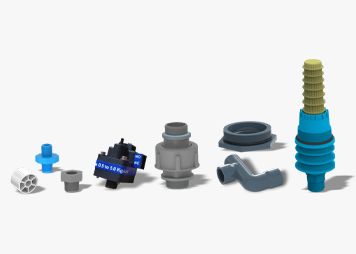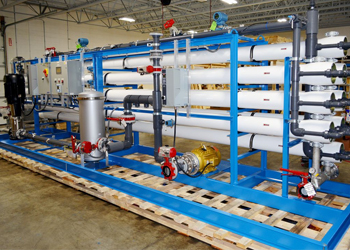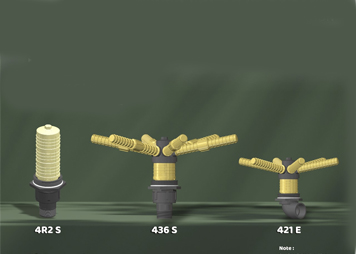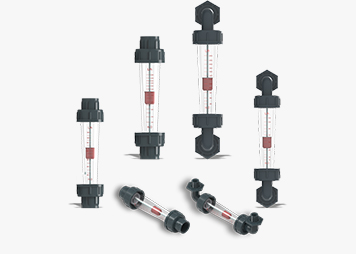

Reverse Osmosis (RO) membranes play a crucial role in water purification and separation processes across various industries. These membranes use a semi-permeable barrier to remove dissolved salts, contaminants, and impurities from water, ensuring high-quality filtration. RO membranes are widely used in applications such as drinking water purification, industrial water treatment, wastewater recycling, and desalination. Designed for efficiency, durability, and high rejection rates, they provide cost-effective and reliable solutions for achieving clean and safe water. With advancements in membrane technology, modern RO membranes offer enhanced performance, lower energy consumption, and extended lifespan, making them an essential component in separation and filtration technologies.
Ultrafiltration (UF) membranes are advanced filtration solutions designed to remove suspended solids, bacteria, viruses, and macromolecules from water and other liquids. These membranes operate at low pressure and utilize a semi-permeable barrier with microscopic pore sizes ranging from 0.01 to 0.1 microns. UF membranes are widely used in water purification, wastewater treatment, food and beverage processing, and pharmaceutical applications. They provide high-quality filtration while maintaining essential minerals in water. With their durability, high permeability, and resistance to fouling, UF membranes offer an efficient and sustainable solution for achieving superior water quality in various industrial and municipal applications.


Nanofiltration (NF) membranes are advanced filtration solutions designed to remove divalent and larger monovalent ions, organic compounds, and microorganisms from water. Operating at moderate pressure, NF membranes have pore sizes ranging from 0.001 to 0.01 microns, making them effective for applications such as water softening, brackish water treatment, dairy processing, and pharmaceutical purification. They selectively allow smaller monovalent ions, like sodium and chloride, to pass through while rejecting contaminants like heavy metals, bacteria, and pesticides. NF membranes provide a balance between reverse osmosis and ultrafiltration, offering high water recovery rates with lower energy consumption, making them a cost-effective choice for industrial and municipal water treatment.
Moving Bed Biofilm Reactor (MBBR) membranes are an advanced wastewater treatment technology that enhances biological treatment efficiency using biofilm-coated carriers suspended in an aeration tank. These membranes provide a high surface area for microbial growth, improving the breakdown of organic matter, nitrogen, and other pollutants. MBBR membranes are widely used in municipal and industrial wastewater treatment due to their compact design, low energy consumption, and ability to handle fluctuating loads. Their self-regulating nature ensures stable performance, reducing sludge production and maintenance requirements. This makes MBBR an effective and sustainable solution for achieving high-quality effluent in wastewater treatment processes.

Moving Bed Biofilm Reactor (MBBR) membranes are an advanced wastewater treatment technology that enhances biological treatment efficiency using biofilm-coated carriers suspended in an aeration tank. These membranes provide a high surface area for microbial growth, improving the breakdown of organic matter, nitrogen, and other pollutants. MBBR membranes are widely used in municipal and industrial wastewater treatment due to their compact design, low energy consumption, and ability to handle fluctuating loads. Their self-regulating nature ensures stable performance, reducing sludge production and maintenance requirements. This makes MBBR an effective and sustainable solution for achieving high-quality effluent in wastewater treatment processes.
